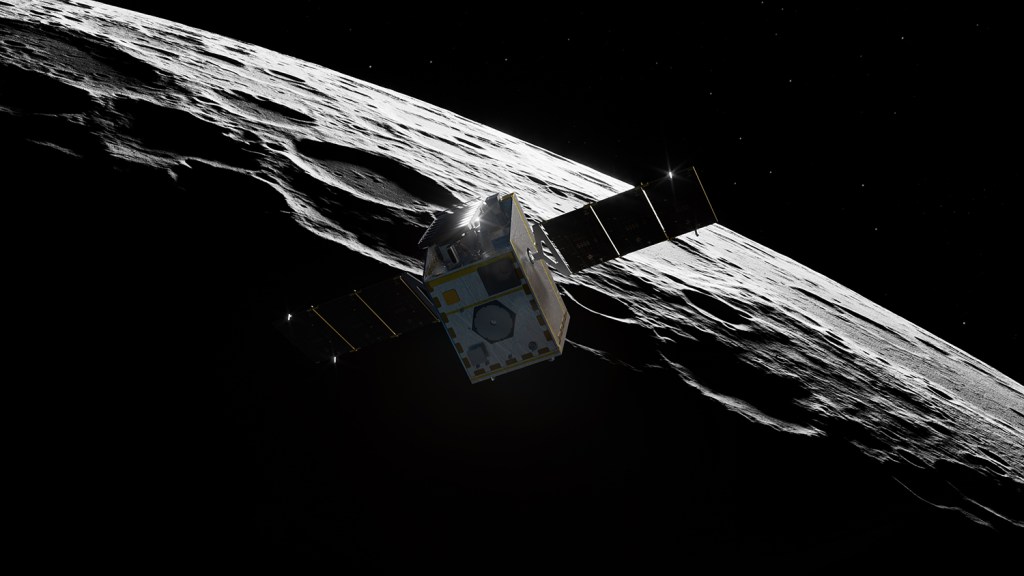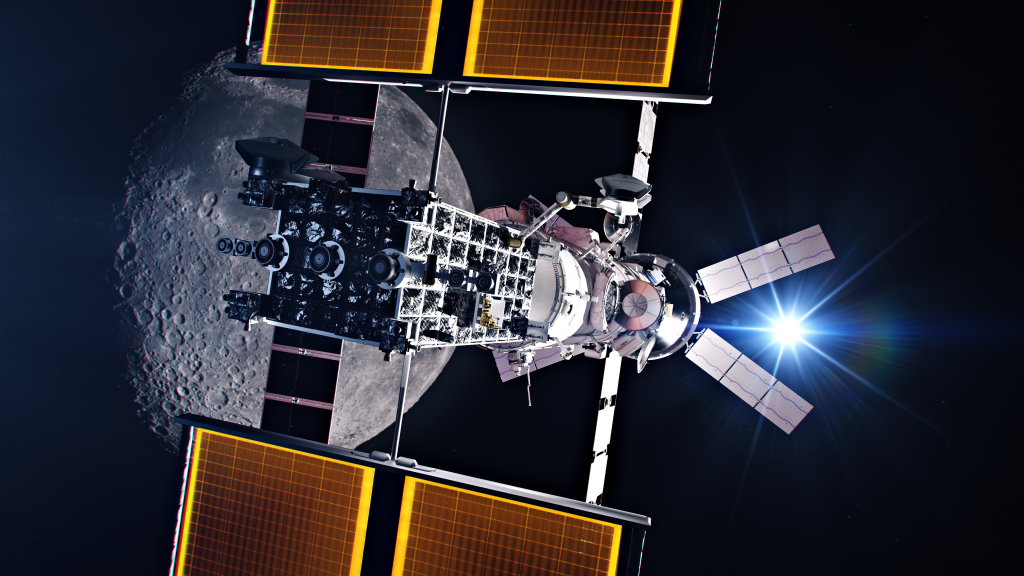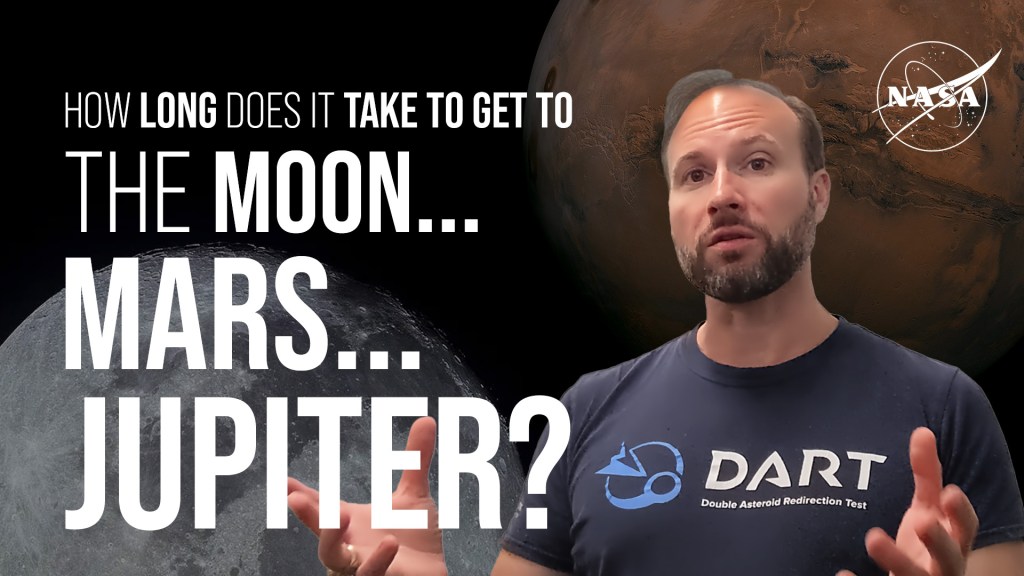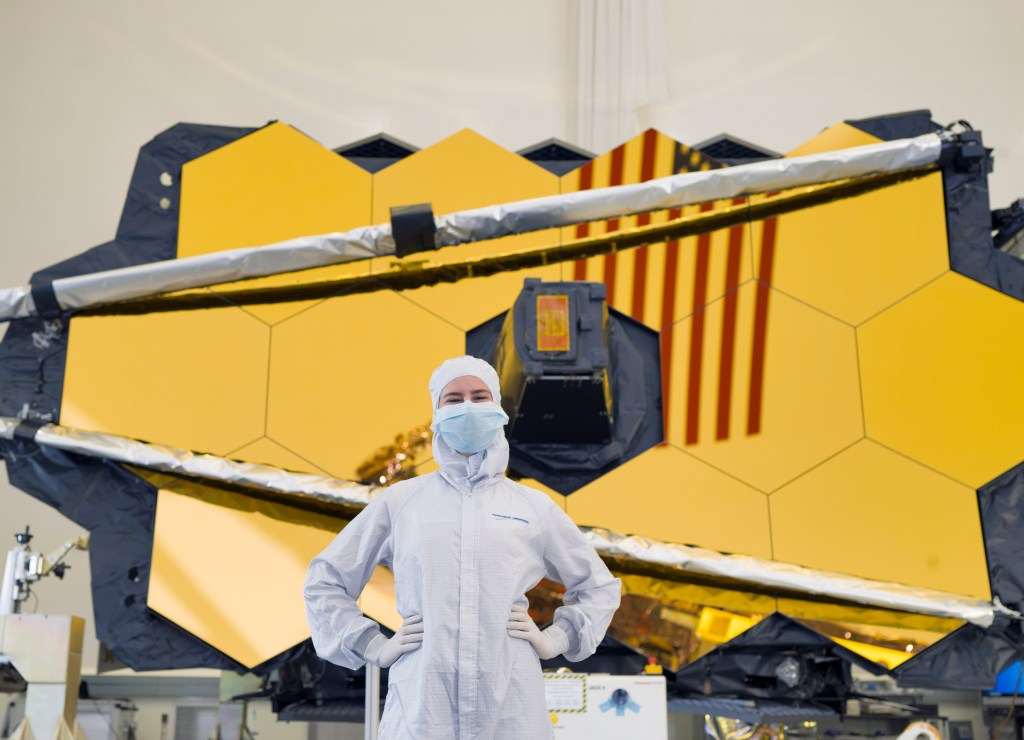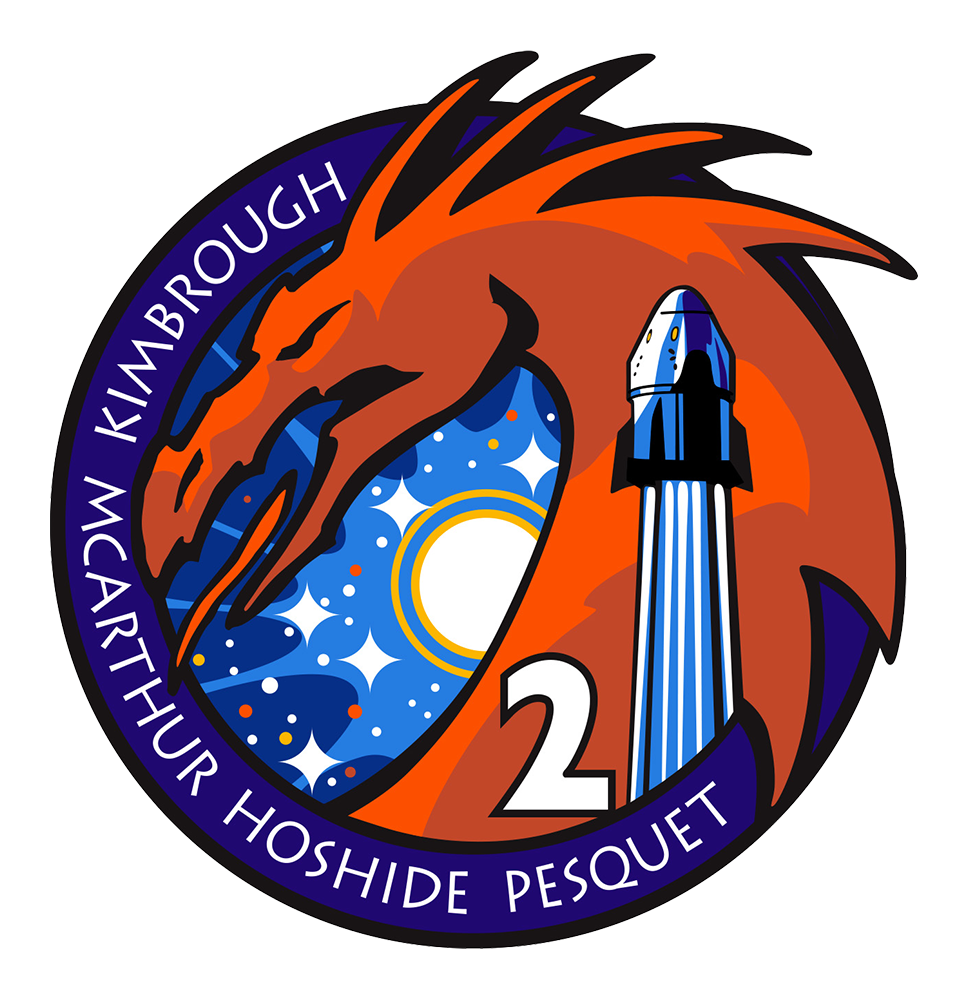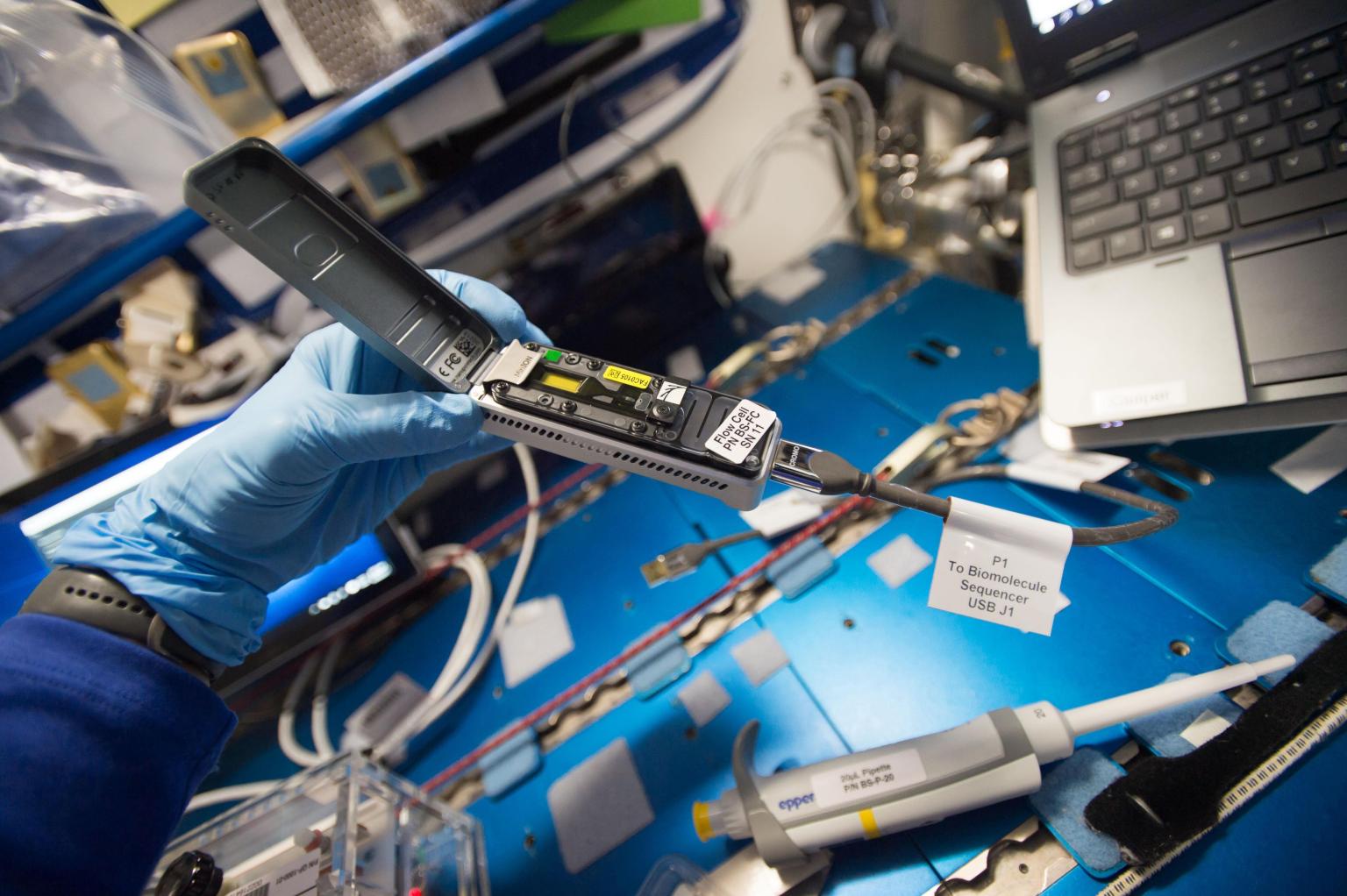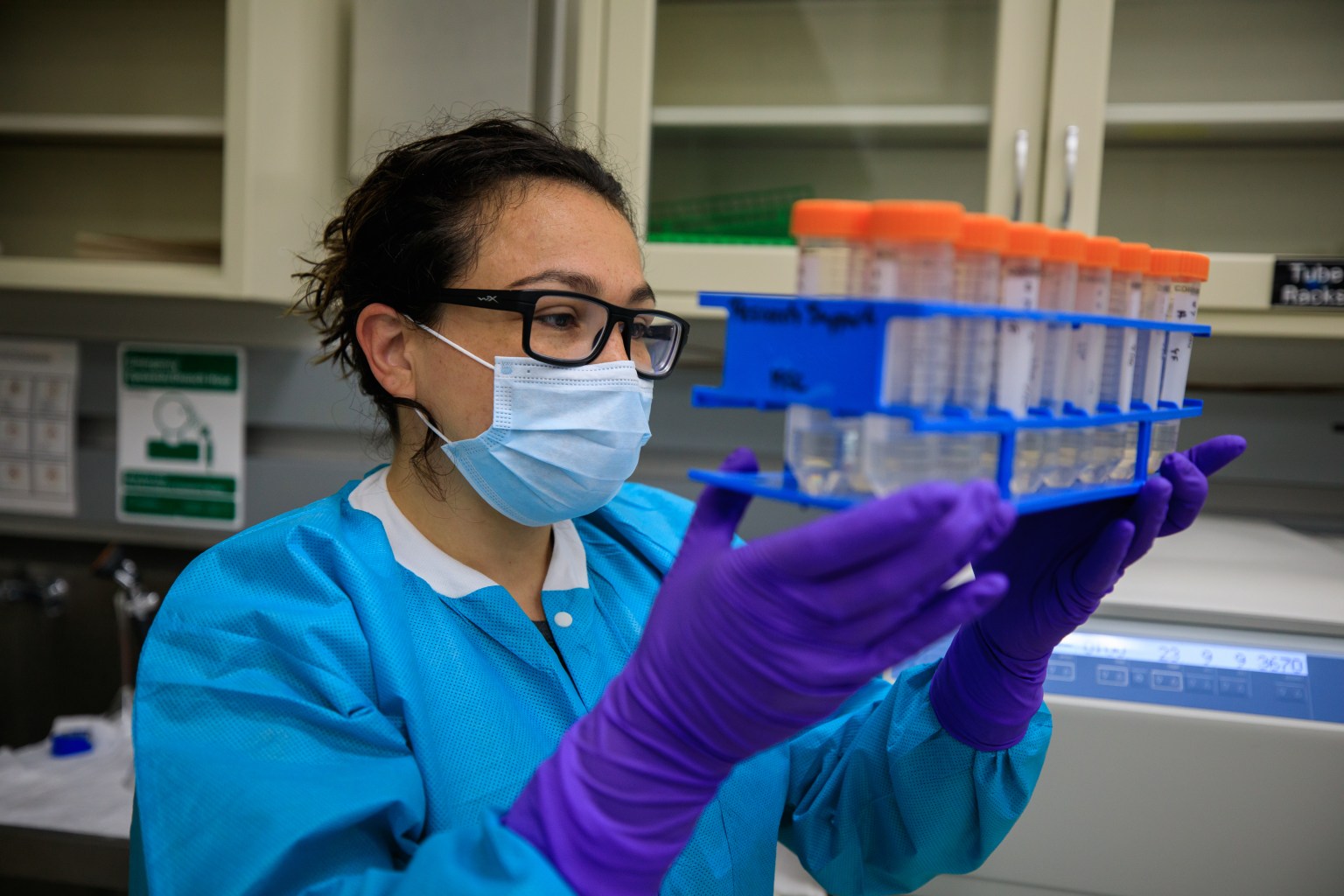After more than six months aboard the International Space Station, the astronauts of NASA’s SpaceX Crew-2 mission are returning home. The four crew members — NASA astronauts Shane Kimbrough and Megan McArthur, JAXA (Japan Aerospace Exploration Agency) astronaut Akihiko Hoshide, and ESA (European Space Agency) astronaut Thomas Pesquet — will travel back to Earth inside a SpaceX Crew Dragon capsule.
These crew members contributed to hundreds of scientific investigations and technology demonstrations while aboard the orbiting laboratory. This valuable scientific research helps to prepare humans for future space exploration missions while generating numerous innovations and benefits for humanity on Earth. Here is a look at some of the scientific milestones accomplished during the Crew-2 mission.
Download full-resolution versions of all photos in this article.
A test of strength


McArthur works on the Cardinal Muscle investigation in the Life Sciences Glovebox aboard the International Space Station. As people on Earth age, they lose muscle mass, a condition called sarcopenia. Because this condition progresses slowly, it is difficult to identify drugs that might treat it. Astronauts also can experience a loss of muscle mass during spaceflight, but it happens much faster. The Cardinal Muscle experiment tests whether engineered tissues cultured in space could take advantage of this accelerated loss and support development of a model for quickly assessing possible drugs prior to human clinical trials.
Going ultrasonic

Pesquet works with the Ultrasonic Tweezers experiment setup. The objective of the project is to develop acoustic tweezers that use sound for remote and contactless manipulation of materials in microgravity. An ultrasound beam is shaped so that it traps an object. By moving the beam, the object can be moved to a new position with high precision.
Eyes on Earth

Kimbrough takes photographs of Earth below as the International Space Station orbits 263 miles above the Atlantic Ocean off the coast of Brazil. Crew Earth Observations record how the planet is changing over time, from human-caused changes such as urban growth and reservoir construction to natural dynamic events such as hurricanes, floods, and volcanic eruptions.
Keeping things chill

Some scientific samples and supplies need to be kept at a cold temperature to be preserved. Hoshide works with one of the cold facilities on board known as MELFI, or Minus Eighty-Degree Laboratory Freezer for ISS, to safely store samples until they can be returned to Earth.
Finding the spark

Understanding how fire spreads and behaves in space is crucial for the safety of future astronauts and for understanding and controlling fire here on Earth. McArthur replaces components inside the Combustion Integrated Rack that enables safe research into flames, fuels, and soot aboard the space station. During Crew-2’s mission, combustion researchers even achieved a first for cool flames in space.
Crystal clear

Kimbrough sets up a microscope in the U.S. Destiny laboratory module to observe and photograph samples for the Real-Time Protein Crystal Growth experiment. The biotechnology study demonstrates new methods for producing high-quality protein crystals in microgravity to potentially develop better drugs to treat a variety of diseases on Earth and advance the commercialization of space. Astronauts observed the crystals, reported on their growth, and made changes based on initial observations.
Augmented reality repairs

Pesquet wears the Sidekick augmented reality (AR) goggles that assist crew members during operations with science experiments and orbital maintenance tasks. The T2 Augmented Reality (T2AR) project conducted during Expedition 65 demonstrates how station crew members can use AR to inspect and maintain scientific and exercise equipment critical to crew health and research goals without assistance from ground teams. Learn more about how AR is used aboard station.
It’s getting chile in here


NASA’s Plant Habitat-04 (PH-04) experiment cultivated peppers aboard the International Space Station for the first time. The crew tended to the Hatch chile peppers about four months before harvesting them. The crew ate some of the peppers and the rest will be sent back to Earth for analysis. This plant experiment will be one of the most complex to date on station because of the long germination and growing times. The study will add to NASA’s knowledge of growing food crops for long-duration space missions.
Sensing gravity

Hoshide inserts cell samples into the space station’s Cell Biology Experiment Facility. The cells are being observed for how they adapt to weightlessness as part of the Cell Gravisensing muscle atrophy study. Research shows that individual cells in animals can detect gravity, but how they do so is largely unknown. Cell Gravisensing, an investigation from JAXA, analyzes the role of changes in tension in cell stress fibers that occur during spaceflight. Results could promote development of drugs to treat muscle atrophy and osteoporosis on Earth and to help prevent or treat muscle atrophy and bone loss experienced by astronauts during spaceflight.
A molecular look at materials

Kimbrough installs and configures a new Advanced Colloids Experiment module inside the Fluids Integrated Rack (FIR). The work supports the ACE-T-9 fluid physics study that uses the FIR’s Light Microscopy Module to image colloids, mixtures of tiny particles suspended in a liquid. This set of experiments not only helps scientists prepare for future colloid studies, but also provides insight into the relationship between particle shape, colloidal interaction, and structure. Studies of colloids can benefit everything from toothpaste to pharmaceuticals.
Studying worms to understand muscles

The Molecular Muscle Experiment 2 (MME-2) uses tiny C. elegans worms to study human health changes in space. Here Pesquet installs the investigation inside the Columbus laboratory module’s Kubik incubator, which can create different gravity conditions for tests to be performed. MME-2 tests a series of drugs to see if they can improve health in space, possibly leading to new therapeutic targets for examination on Earth.
Three bees in a pod

McArthur poses with the Astrobee robotic free-flyers in support of the Kibo Robot Programming Challenge (RPC). The Kibo-RPC allows students to create programs to control Astrobee. On Sept. 20, 2021, Kimbrough unpacked, conducted health checks, and activated the cube-shaped “Queen” aboard the International Space Station. This was the first time Queen, the green Astrobee, “woke up” in orbit after journeying to the space-based laboratory in 2019.
Tardigrade time

Tardigrades, also known as water bears, possess superpowers when it comes to surviving really harsh conditions. Understanding how they tolerate extreme environments – including the one astronauts experience in space, with microgravity and elevated radiation levels – may better guide research into protecting humans from the stresses of long-duration space travel. Space station study Cell Science-04 could help reveal how tardigrades do it. Here Hoshide works inside the Life Sciences Glovebox on this experiment.
Tracking microbes

Monitoring the microbes on the space station is important for understand the orbiting lab’s microbiome. McArthur collects microbial samples from surfaces inside the International Space Station for analysis and tracking for the Microbial Tracking-3 investigation. This study could help characterize any microbes associated with closed habitation and predict those that may pose a threat to crew health.
Cotton cultivation

Kimbrough checks on cotton plants growing for the Targeting Improved Cotton Through On-orbit Cultivation (TICTOC) space botany study. Cotton plants that overexpress a certain gene show increased resistance to stressors, such as drought, and yield 20% more cotton fiber than plants without that characteristic under certain stress conditions. This stress resistance has been tentatively linked to having an enhanced root system that can tap into a larger volume of soil for water and nutrients. TICTOC studies how root system structure affects plant resilience, water-use efficiency, and carbon sequestration during the critical phase of seedling establishment.
Thawing out science

Hoshide thaws samples inside the Kibo laboratory module for the JAXA Space Embryo investigation to learn how the space environment affects key phases of reproduction. He worked on a number of other JAXA experiments during his mission, including Anti-Atrophy, which studied ways to prevent and treat space-caused muscle atrophy and Earth-bound muscle conditions.
Go with the flow

Growing plants in microgravity is possible but delivering adequate water to roots presents a challenge. Exploring a new option for growing space gardens, the Plant Water Management experiment evaluates a hydroponic plant system. McArthur helps test this new water delivery system, which may improve farming techniques in water-sparse regions worldwide.
Space in 360 degrees

Ever wanted to experience a spacewalk? The ISS Experience project is trying to get you as close to that as possible without going to space by filming a spacewalk in 360 degrees. Here Pesquet retrieves a 3D virtual reality camera from the airlock inside the Kibo laboratory module. The camera filmed Pesquet and Hoshide during a spacewalk on Sept. 12 to modify the International Space Station’s Port-4 truss structure for the future installation of a Roll-Out Solar Array.
After returning to Earth, the astronauts of Crew-2 will continue to serve as volunteer human research subjects, providing valuable physiological data to advance space medicine and support future human spaceflight missions.
Download full-resolution versions of all photos in this article.
Erin Winick Anthony
International Space Station Program Research Office
Johnson Space Center

